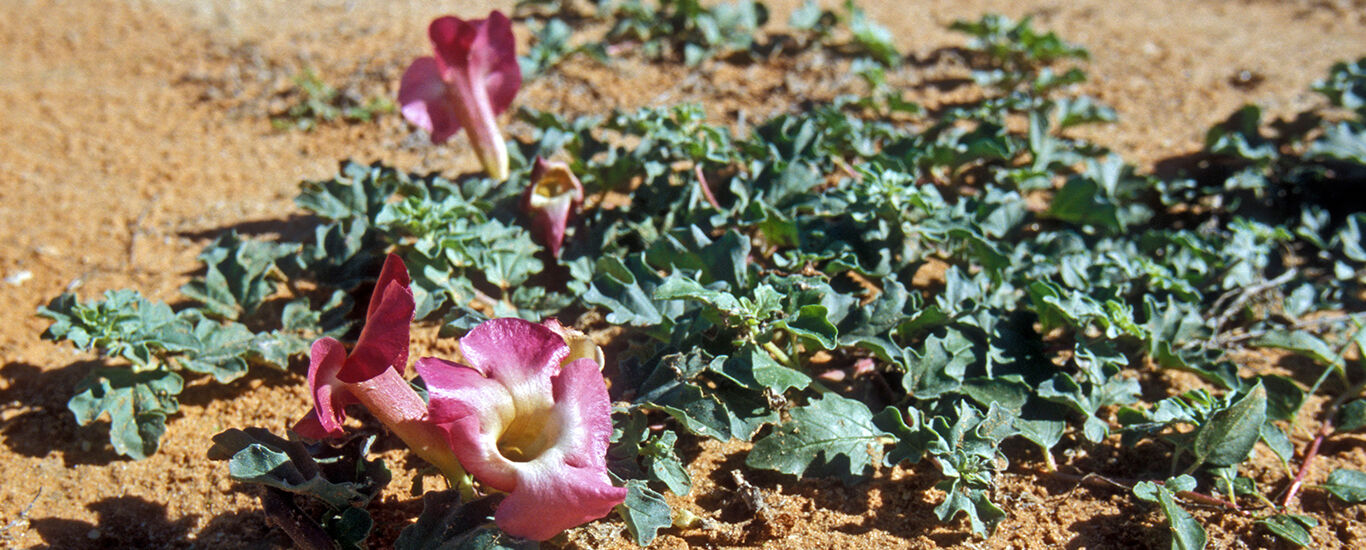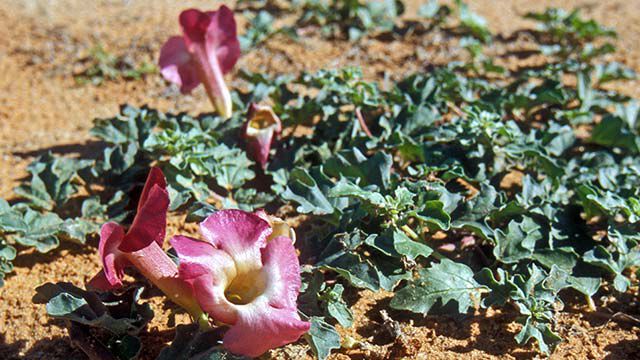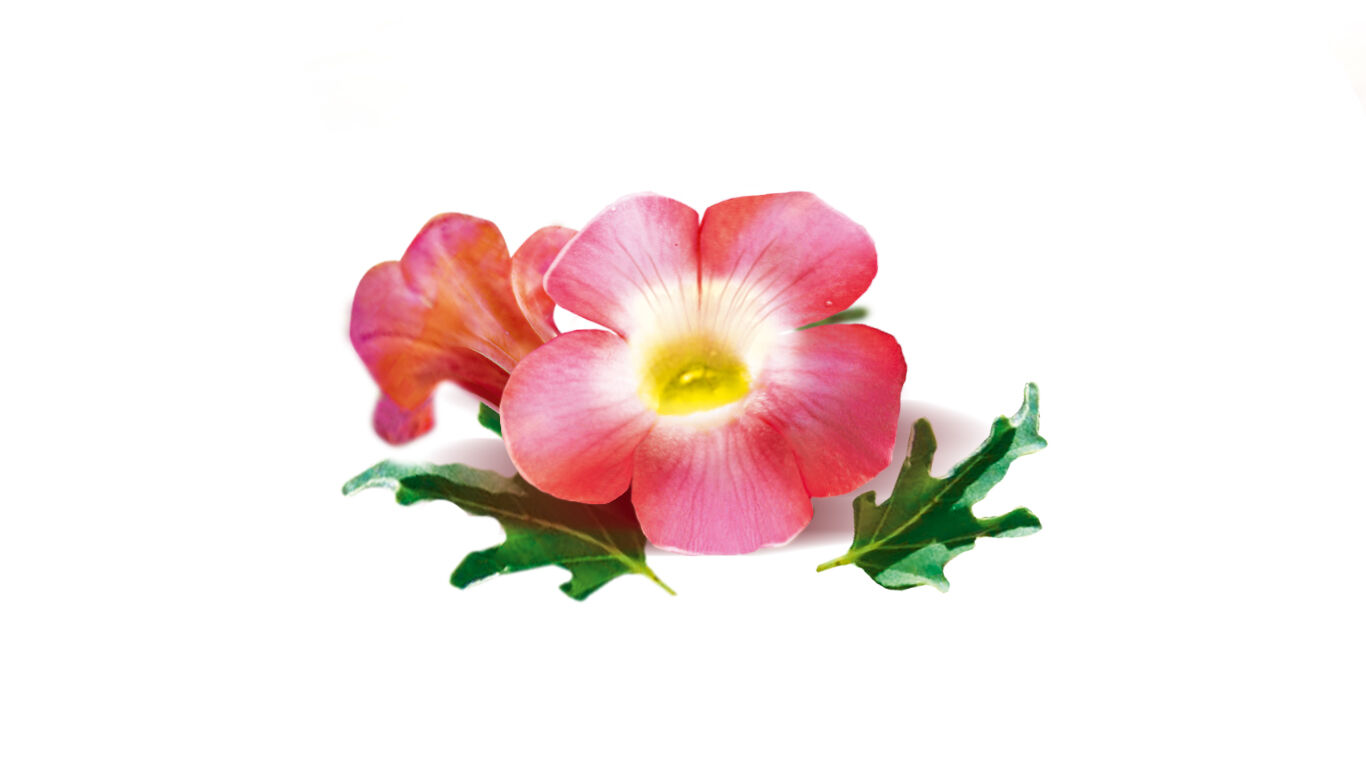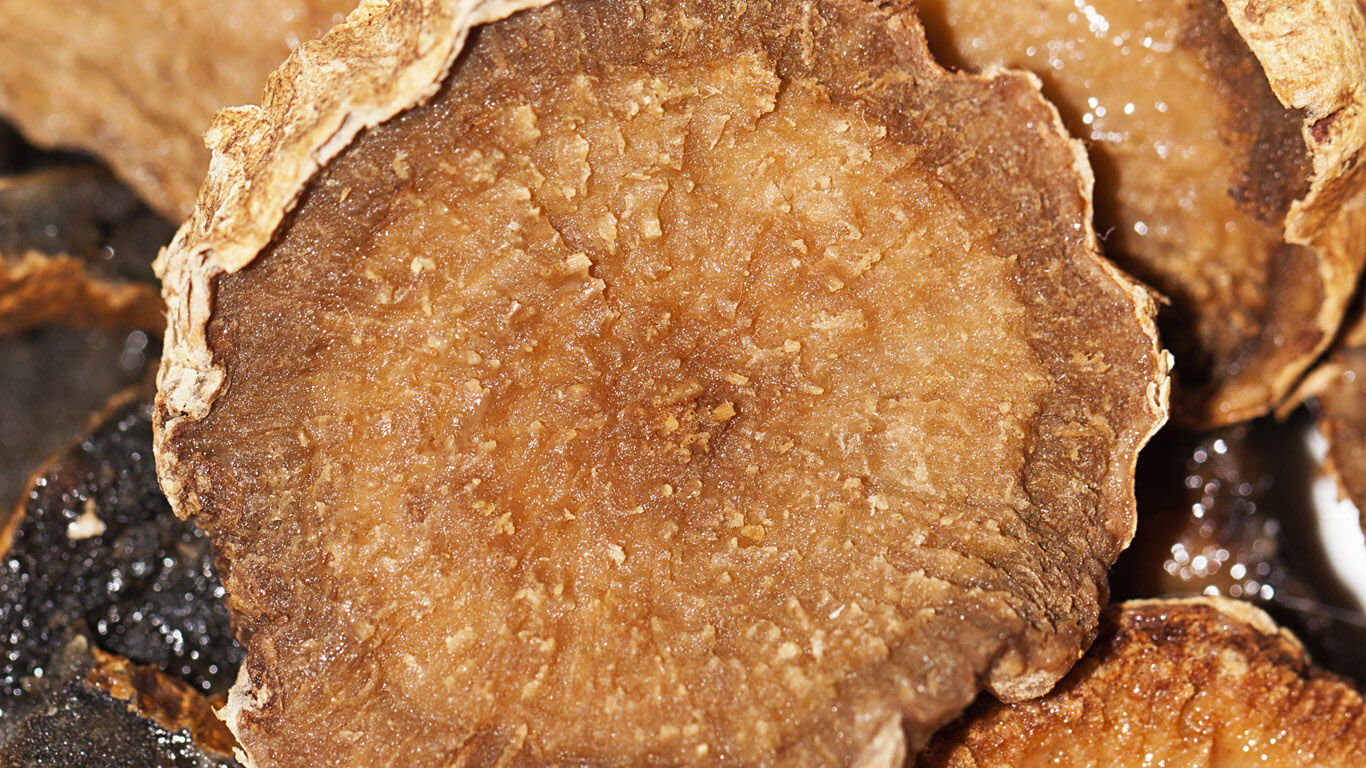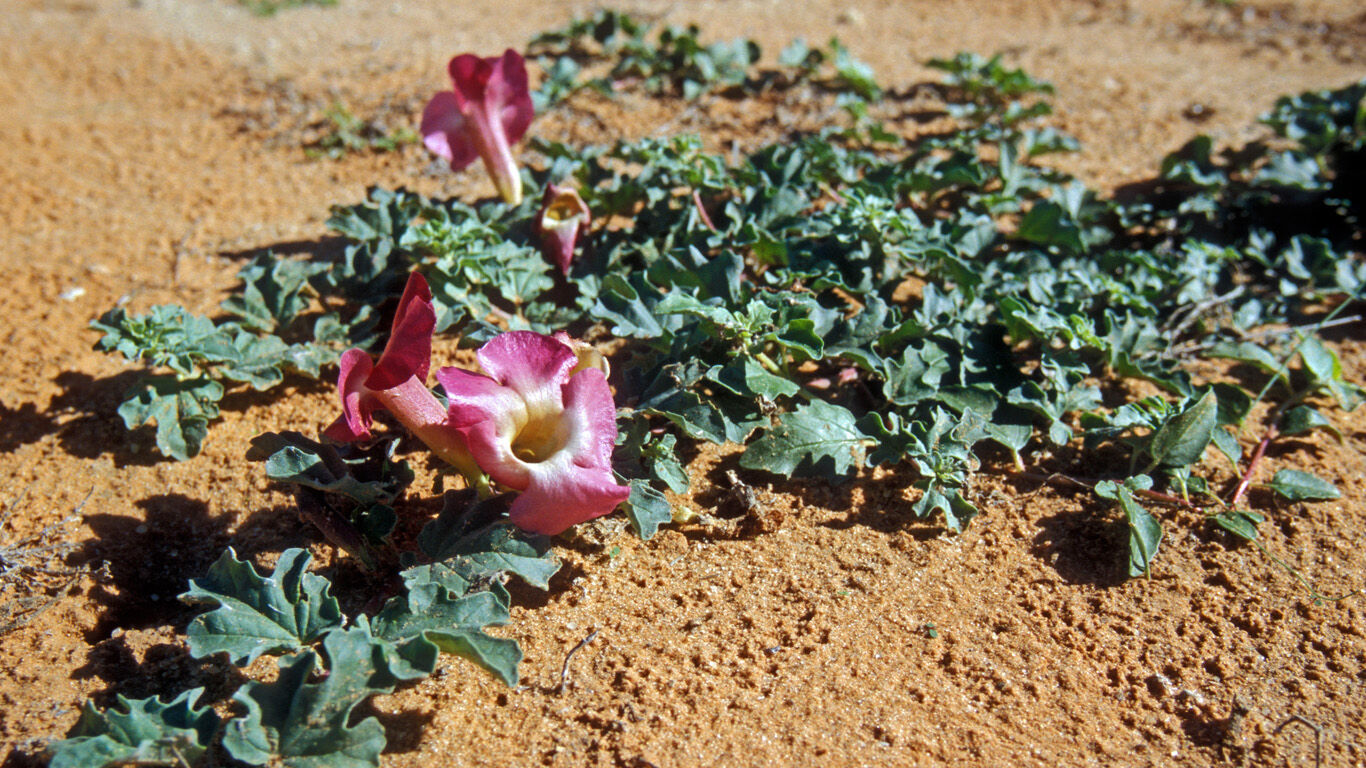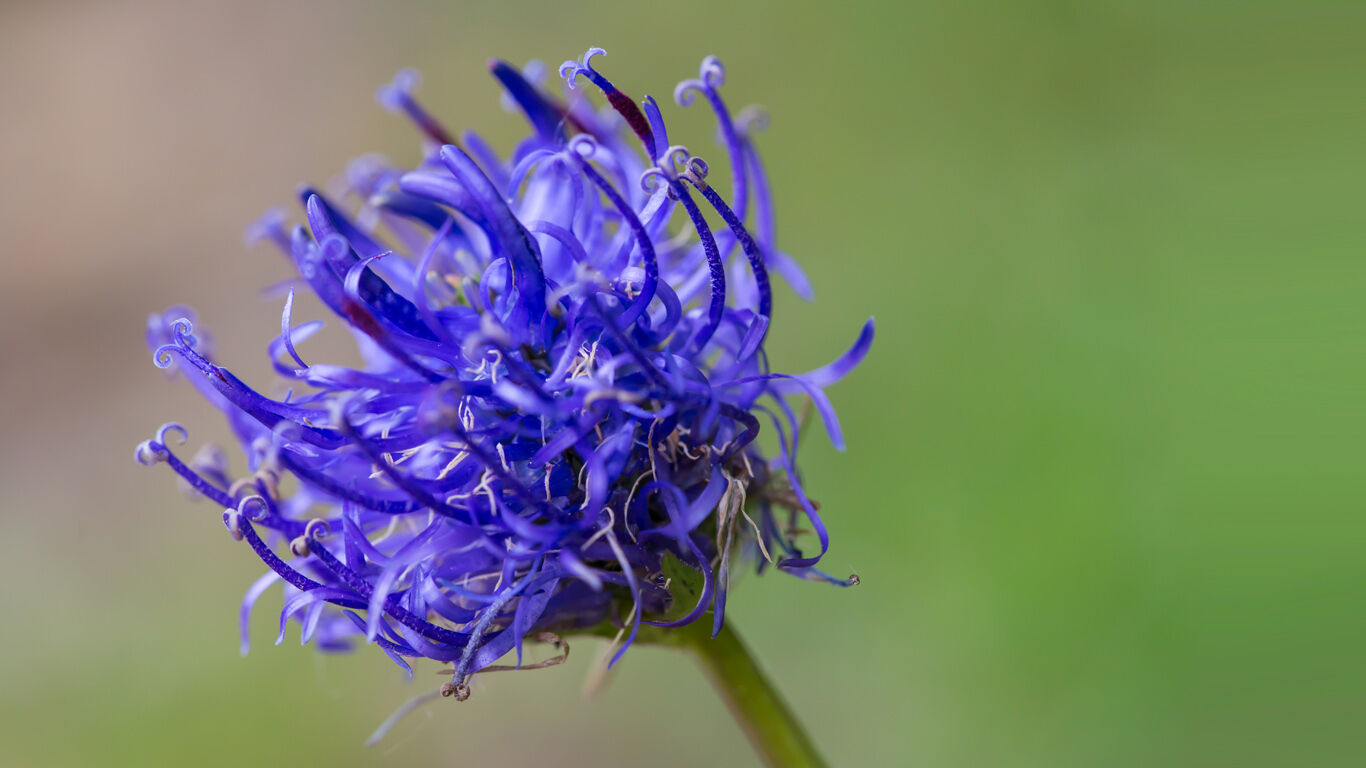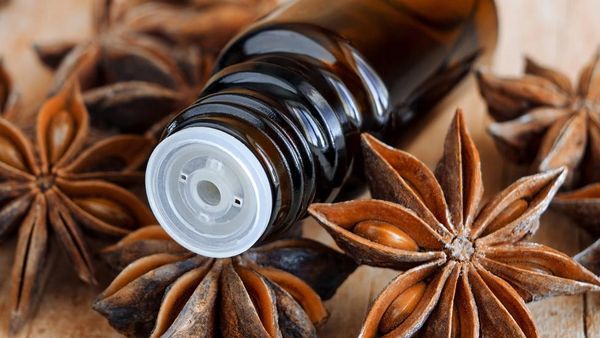Historical and folk use
If you ask traditional African healers for which ailments they swear by the power of devil's claw, you should allow a little more time for the answer: metabolic diseases, kidney, bladder, liver or gall bladder problems, pregnancy complaints, digestive problems - the list of reputed healing effects could be continued for a long time.
